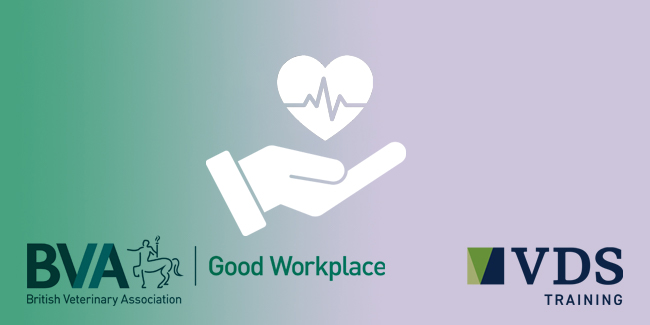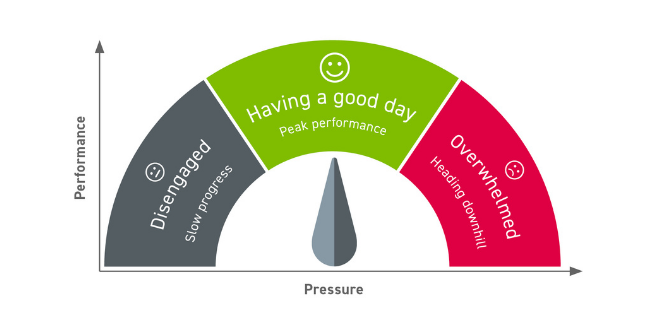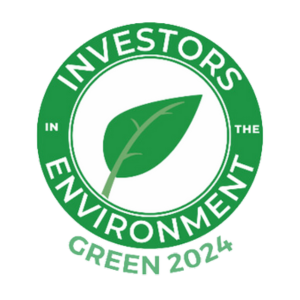
Good Workplaces Blog - Health and Wellbeing
Health and wellbeing - Where do we even start?
Our fifth session of the series explored the importance of Health and Wellbeing in the workplace, with BVA President James Russell in conversation with VDS Head of Training Carolyne Crowe sharing their thoughts on creating a culture that promotes good physical and mental wellbeing, dealing with workplace stress, creating safe working environments, psychological safety, and the importance of open, honest conversations This forms a huge chapter in the BVA Good Workplace guide, so where do we even start? It’s important to acknowledge that we ALL have physical and mental health, which is something that can fluctuate daily and throughout our lifetime. When it comes to culture, it doesn’t really matter what words you've got on the wall or what you say about your vision and mission. Yes, those are important when trying to change culture but it’s what you do on a day-to-day basis that really counts. Regardless of your title, we all have an important part to play in how we make people feel. But most notably, we have an important role in our own health and wellbeing.
How can we take responsibility for ourselves and the environments that we work in?
As can be said for most areas of life, there'll be some things that we can control and some things that we can’t. Try not to dwell on the things you can’t, but rather make tweaks to what you can control so you can see that positive change. We spend so much time at work, which means our overall wellbeing is directly related to our wellbeing in the workplace, so, by making tweaks, we can create positive change to the lives of those we work with as well as ourselves.
Open and honest conversations
So, how can we overcome the stigma of sharing our struggles? If we foster an environment where these topics can be part of our everyday conversation, then we can give the situation the support it deserves. The same way we’d acknowledge someone with a flat tyre and give them the tools and support they need to fix the problem We want to be able to voice our concerns. Cultural safety is not just about when we make a mistake and being able to talk about it, it's about feeling comfortable having difficult conversations and being able to bring these to your team, or line manager, without the fear of repercussions. At the end of the day, we all care, but for many of us it feels like we haven’t got the time available for us to put this into practice. Sound familiar How do you have these conversations, and do you really know all the members of your team One thing that crops up time and time again, is how do I get my team to open up · How are you listening? Are you listening to hear rather than listening to respond · When people share vulnerabilities with you, are you thanking them for bringing them to you · We cannot fix people, so don’t assume you have the answers, creating the space to share is often the best first step · Do you show your vulnerability? Be a role model, we want to be led by real people not robots · How are you? Like really. Do you ask people you might be concerned about more than once to help encourage honesty? · Can you ask how people are feeling out of 10 to get a gauge and learn a little more about what might be going on in their life? · Are you celebrating the tiny wins with your team? · Superheroes need breaks too - how are you minimising presenteeism at work?
Early intervention with evidence
The most important resource that any practice has, is not the ultrasound machine or the MRI, it is the people. They are your generators of income, your generators of client satisfaction, they are generators of patient safety and quality of care. What we want to be doing is looking at strategic interventions and identifying what the challenges are in your practice, or organisation, from a collective input of the whole team. If we don’t do this then we are potentially spending a lot of money on interventions with little to no returns, as we will have assumed we know what the challenges are. Once these areas of challenge are identified, we can start to co-author the solutions and duplicate the wins as a team through structured conservations, because none of us work on a desert island, do we?
What makes a good day?
Take a look at this pressure performance curve.

It’s important to remember that we need a dose of pressure to perform. So, what does green look like for you? This is when the pressure’s on, but it feels good, you will be communicating well, gaining energy and feeling in the flow. What stops it from happening? What could you as an individual and a team do more of? What could we do less of? This image is a great ice breaker to use at work to get people thinking about what works for them and to start to have those honest and open conversations. Here are some of the things that you said: • Being on or ahead of time. • Being busy, but under control with laughter and teamwork. • Feeling like I'm being productive, and some level of autonomy over our work so we can adjust our workflow as you see fit each day. • Fresh air before work. • Water on board, communication and teamwork. • Time to finish one task before the next seven arrive. • Knowing that I did everything I could. This is where we can all be leaders. We can be the ones who lead ourselves through our lives, through our careers, and on a day-to-day basis too. Every time we do that, we help our team too. Make sure to watch back the session here - to hear more about physical health, pressure and stress, looking after the lonely leader, how we can learn alongside our clients and more.
About VDS Training
VDS Training are passionate about developing all members of the veterinary team, to help you overcome the personal and professional challenges you face on a daily basis, and to build practical skills and techniques to make a real difference to you and your life.

